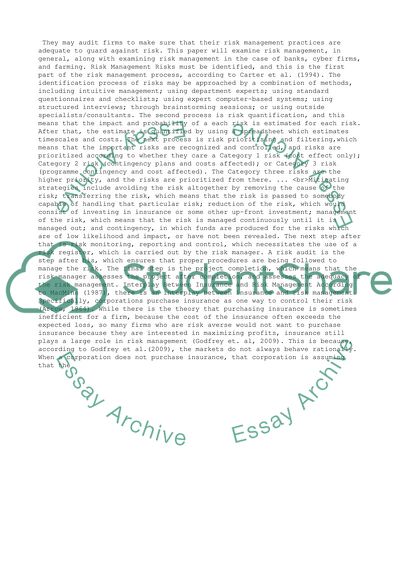Cite this document
(“Critically evaluation of the role of insurance within a wider system Essay”, n.d.)
Retrieved from https://studentshare.org/business/1402768-critically-evaluate-the-role-of-insurance-within-a
Retrieved from https://studentshare.org/business/1402768-critically-evaluate-the-role-of-insurance-within-a
(Critically Evaluation of the Role of Insurance Within a Wider System Essay)
https://studentshare.org/business/1402768-critically-evaluate-the-role-of-insurance-within-a.
https://studentshare.org/business/1402768-critically-evaluate-the-role-of-insurance-within-a.
“Critically Evaluation of the Role of Insurance Within a Wider System Essay”, n.d. https://studentshare.org/business/1402768-critically-evaluate-the-role-of-insurance-within-a.


